e u g e n i e
s h i n k l e
Morphogenesis
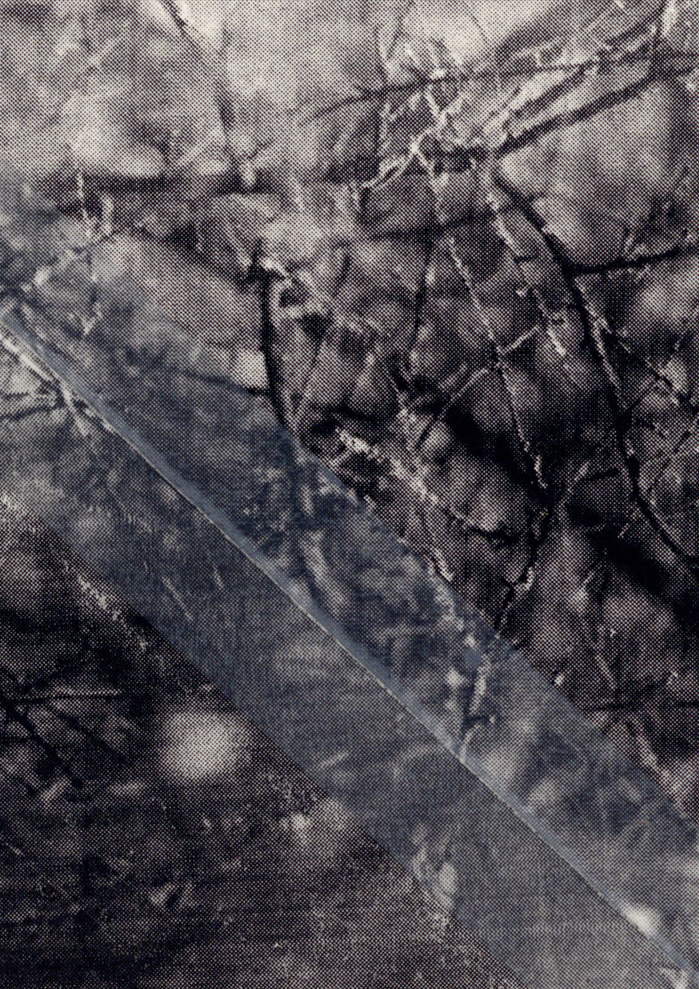
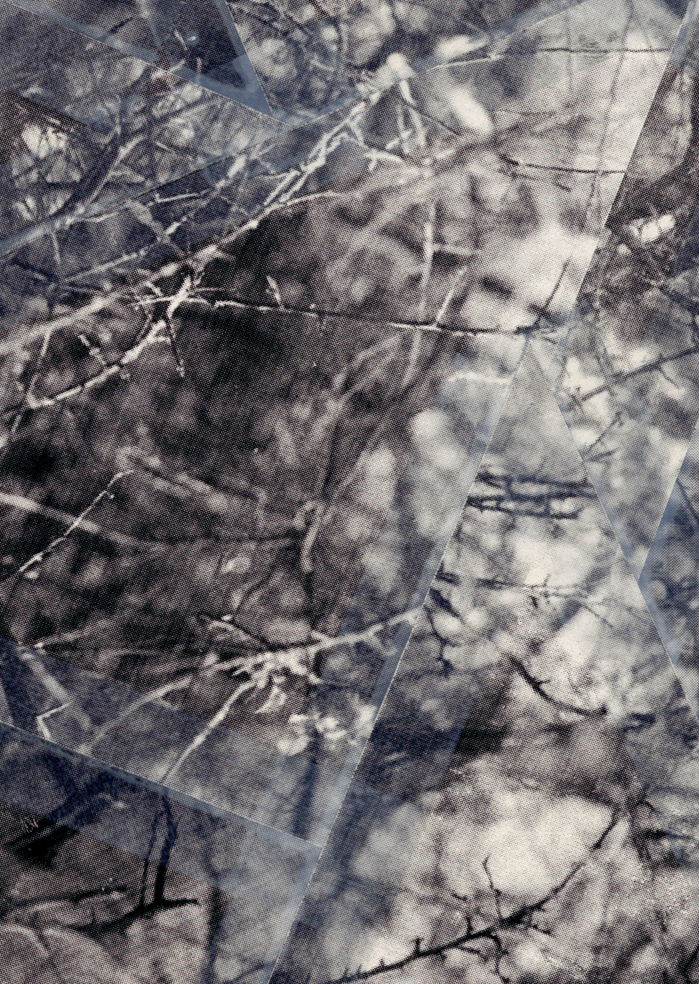
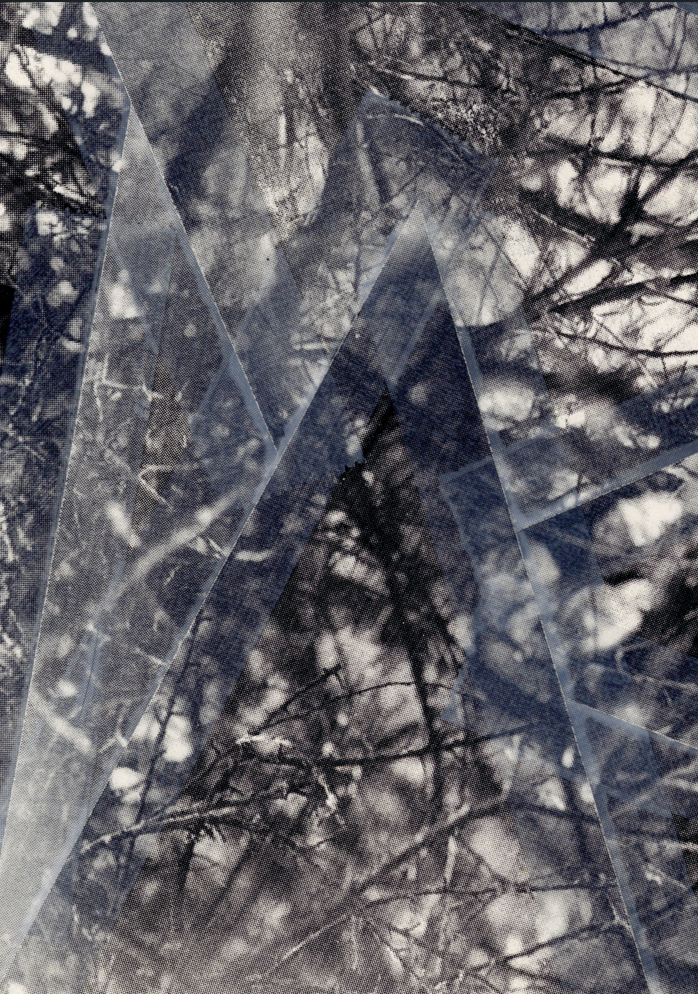
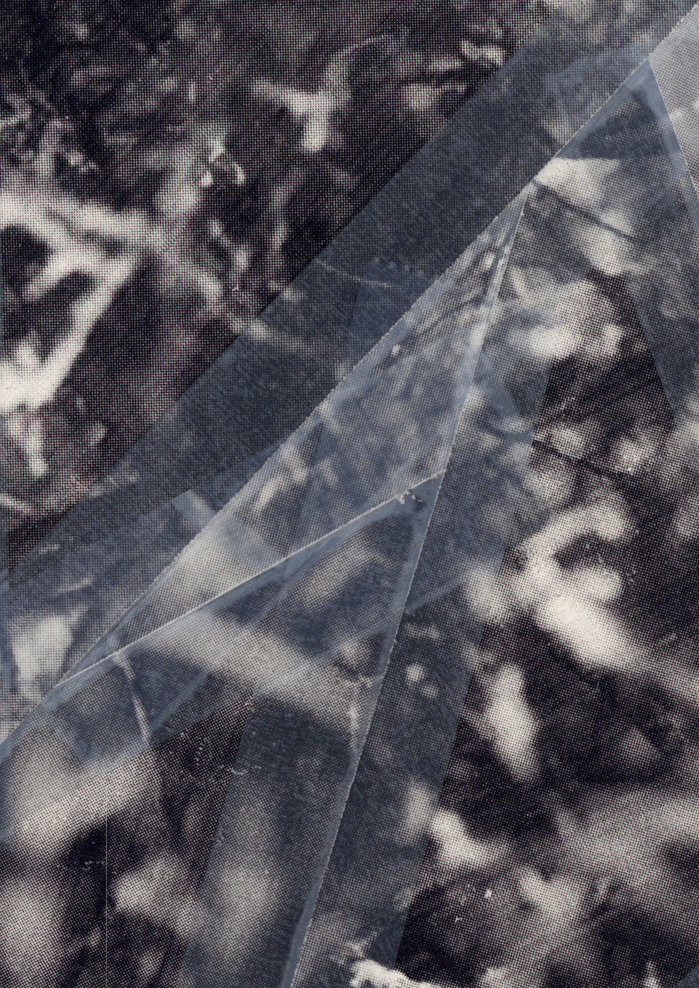
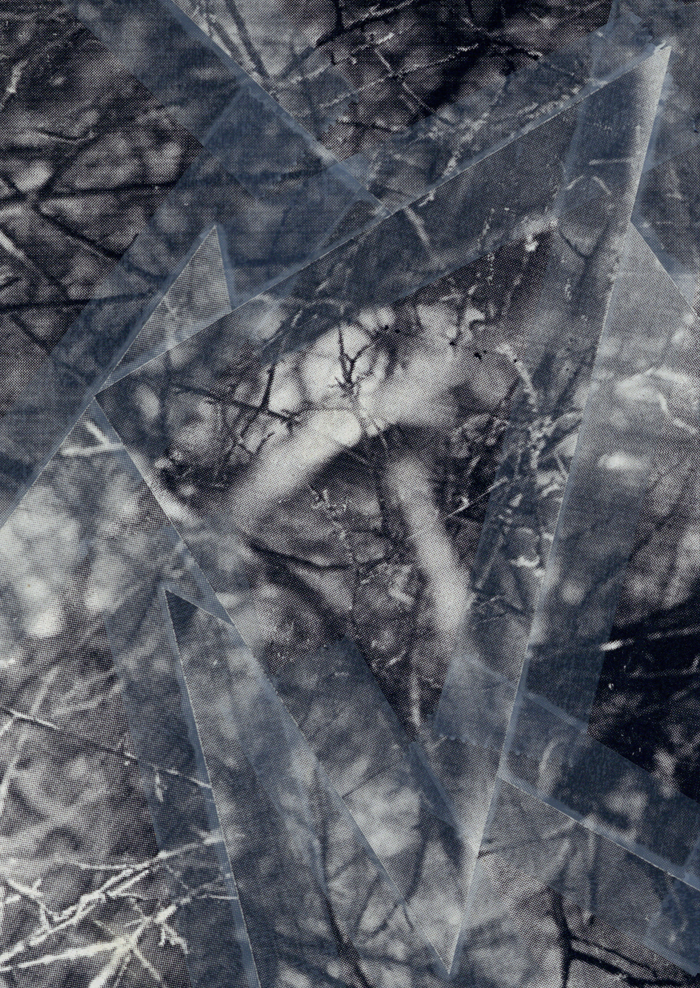
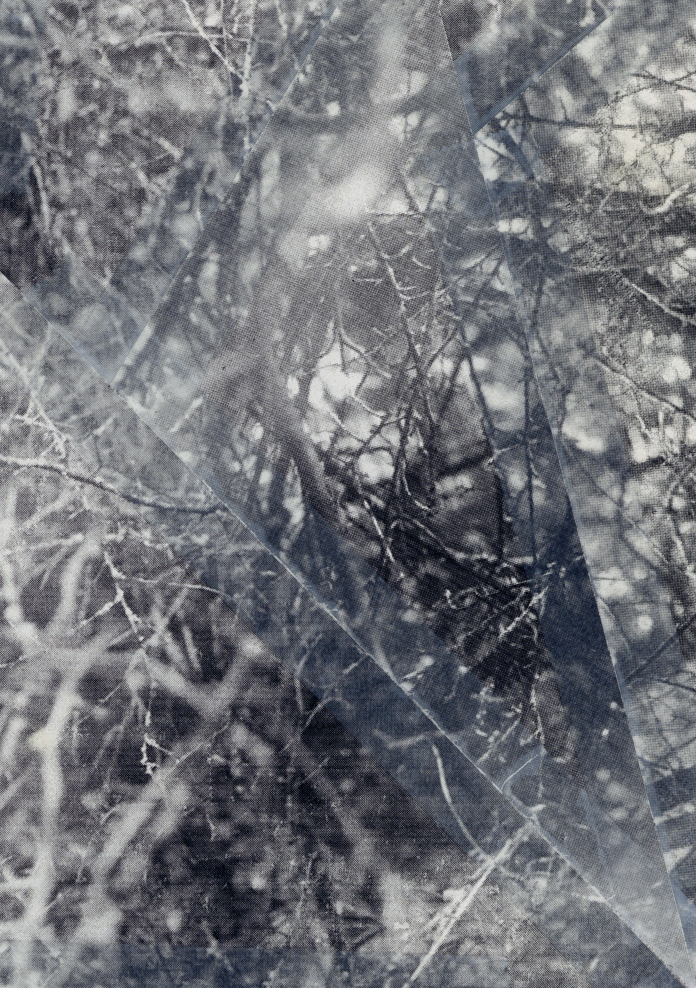
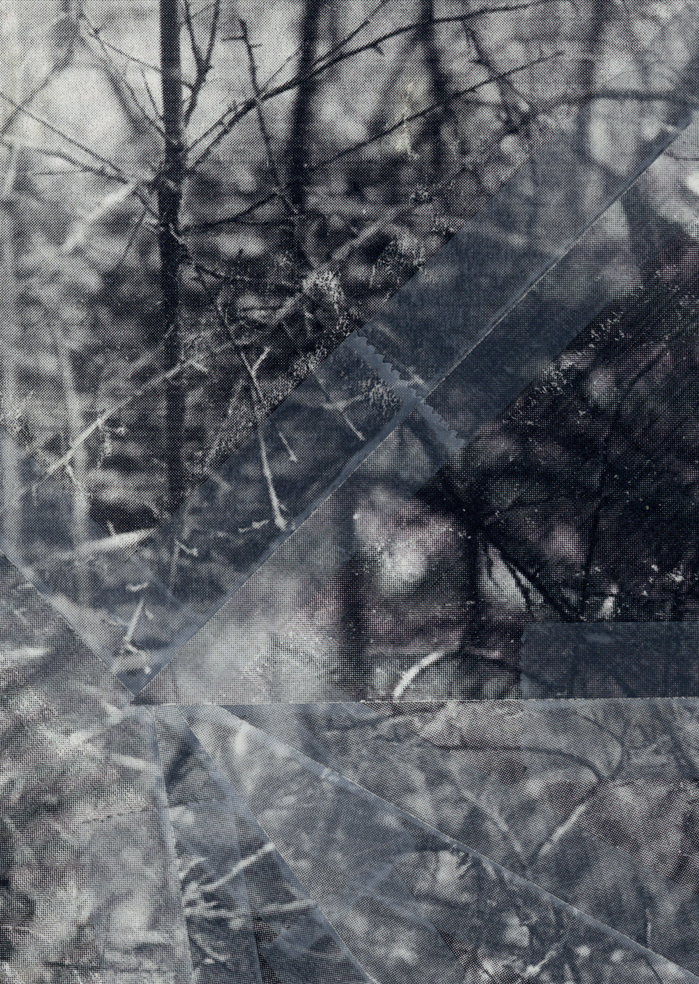
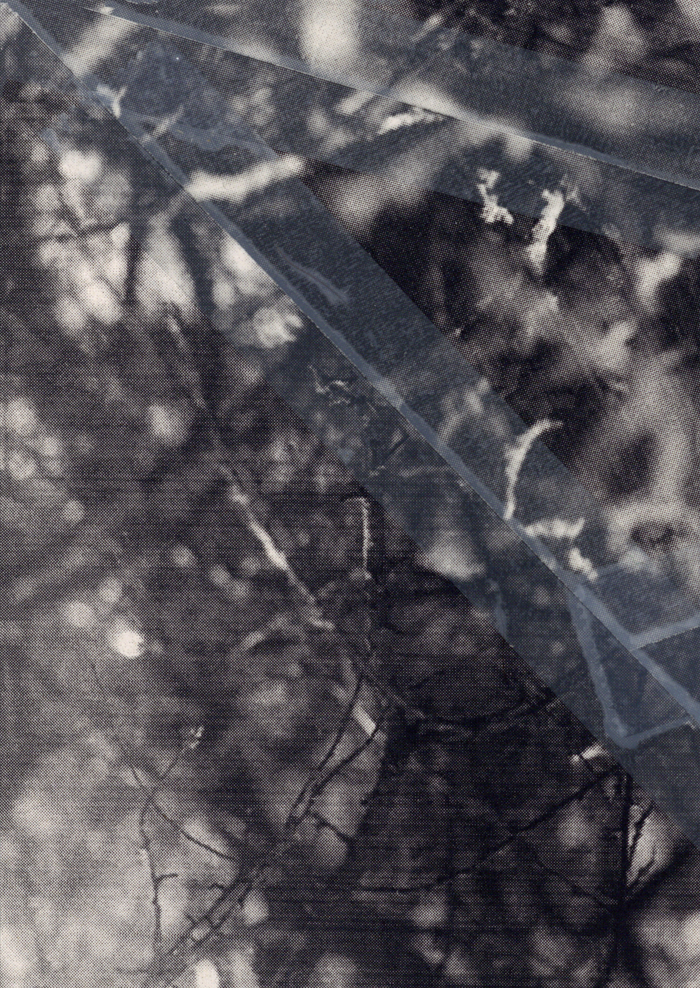
This body of work, Morphogenesis, extends and develops the ecological sensibility that has underpinned my work for many years, refl ecting on climate change as the outcome of interactions between humanity, technology and the organic world. I live on the eastern fringes of London close to a number of large country parks and woodlands which blur the distinction between ‘natural’ and ‘human-altered’ space. Over the course of a year between May 2020 and May 2021, I photographed in a number of these sites on a weekly basis, recording the seasonal changes in a variety of common tree and shrub species. The images – shot on 35mm, 120, and 5x4 fi lm, and numbering in the hundreds at this point – refl ect on the cyclical processes of growth, quiescence and decay. Individually, the photographs work against the order that the camera imposes, deliberately incorporating distortion and ‘disorder’ through the use of in-camera techniques such as closeup, camera movement (tilt/shift, etc), and selective depth of fi eld. The resulting images are dense and often abstract.
These individual images are then used to construct multi-image works based in techniques such cropping, layering, extreme enlargement, and collage. This stage of my working process explores the way that different kinds of order can be re-introduced into the final compositions, using repetition, grids and panoramic forms as organising principles. Drawing on organic forms, Morphogenesis also borrows structural principles – such as the Fibonacci sequence – from computational biology to create more complex free-form works. All of the pieces seek to create a dialogue between representation and abstraction – between forms that might plausibly be ‘natural’, and others that are clearly not The idea that plant growth (morphogenesis) can be represented with mathematical formulas was fi rst developed in the early c20th. Such models are now widely used to study the way that climate change is altering plant reproduction and growth. Plants – which sequester atmospheric CO2 in their tissues – are one of our most powerful weapons against climate change. But extreme temperatures, shifting seasonal patterns, and increasingly heavy rainfall which introduces salt into the soil, have all compromised plant growth and reproduction.
Human actions are changing the physical and environmental factors that influence plant growth, altering the way that plants behave, and feeding back into the biosphere in ways that we humans can neither predict or control. These complex interactions – and, indeed, climate change itself – cannot easily be represented in images. Rather than simple tools for documenting an external reality, the camera and the image are actors that participate in the construction of visual knowledge. I am acutely aware of this as I photograph (using camera movements, selective focus, and depth of fi eld to ‘build’ photographic space) and as I ‘rebuild’ new images using the underlying structure of the plants themselves as a guide.